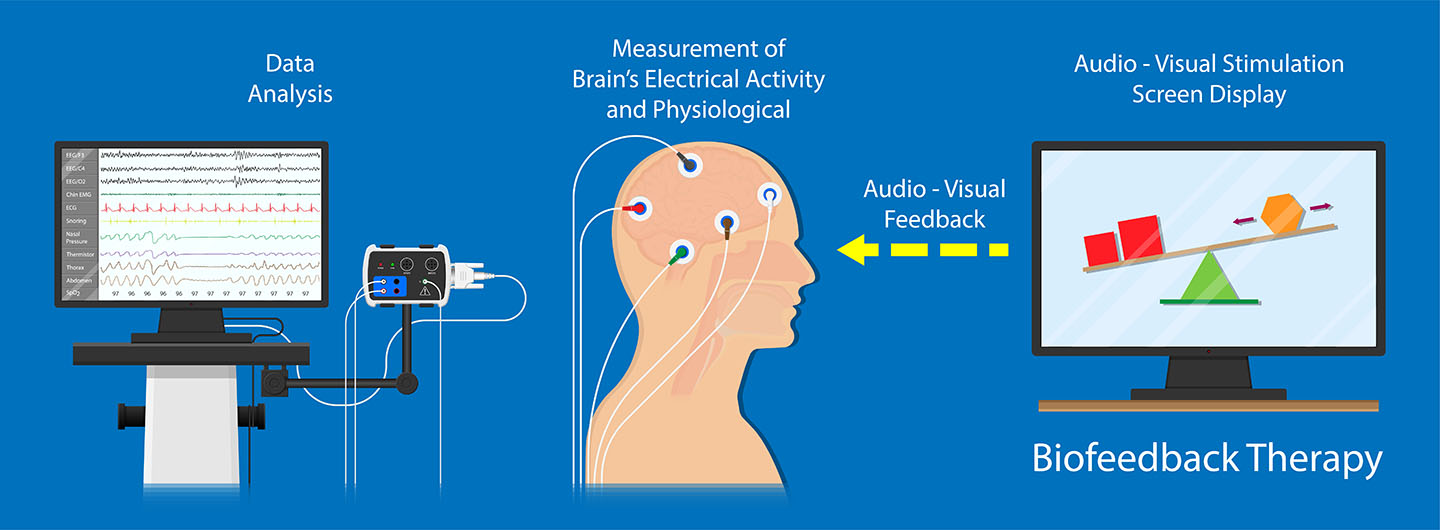Revealing the Connection Among qEEG and Slumber Apnea Patterns for Improved Diagnosis and Therapy
Revealing the Connection Among qEEG and Slumber Apnea Patterns for Improved Diagnosis and Therapy
Blog Article
Slumber hypopnea is a prevalent slumber condition that impacts many individuals around the world. It happens when a individual's respiration is disrupted during slumber, resulting to subpar sleep quality and various health issues. One of the ways scientists and doctors are working to better understand and diagnose sleep apnea is through a technique called quantitative electroencephalography, or qEEG. This method measures the electronic activity of the brain and can provide valuable insights into how sleep apnea affects brain activity and overall well-being.
qEEG involves placing small sensors on the head to record brain waves. These cerebral oscillations are then examined to detect trends that may suggest sleep conditions, including sleep apnea. By examining these trends, healthcare professionals can gain a more precise understanding of how sleep apnea interrupts typical cerebral activity during slumber. This information can be crucial for formulating efficient therapeutic strategies customized to individual patients. Understanding the relationship between qEEG and sleep apnea can result to enhanced diagnostic methods and better results for those impacted by this disorder.
Studies has shown that individuals with sleep apnea often exhibit distinct alterations in their cerebral oscillation trends. For example, during instances of apnea, the brain may show heightened function in specific areas while other areas become less active. click this link now These changes can affect how well a person sleeps and how refreshed they perceive upon awakening. By employing qEEG to track these cerebral wave patterns, doctors can identify particular traits of sleep apnea in patients, which can help in making a more accurate identification. This is especially important because sleep apnea can occasionally be mistaken for other sleep disorders, leading to inappropriate therapies.
In addition to enhancing identification, qEEG can also serve a role in evaluating the efficacy of therapies for sleep apnea. For example, after a client starts employing a constant positive airway force (CPAP) device, which assists maintain the passage clear during slumber, qEEG can be utilized to evaluate alterations in cerebral activity. If the brain shows enhanced trends of sleep after starting treatment, it may indicate that the therapy is working well. This response can assist physicians formulate necessary adjustments to treatment strategies, ensuring that patients obtain the best treatment possible.
In summary, the connection between qEEG and sleep apnea patterns is an promising area of study that offers potential for improving diagnosis and therapy. By understanding how sleep apnea affects cerebral activity, medical providers can develop more effective strategies to assist clients attain improved slumber and improve their general health. As research continues to evolve, it is likely that qEEG will become an essential tool in the fight against sleep apnea, leading to better outcomes for those who suffer from this challenging disorder.